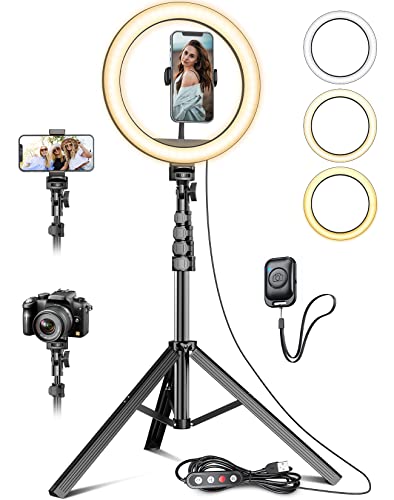Recommended hardware setups for singing on Smule
You may have landed on this page because you noticed that it can become a quite complex undertaking to produce with Smule a sound quality for your own voice that is as professional as possible. The operation of external hardware such as a professional vocal microphone with a suitable audio interface can be technically difficult. Smule also faces an incredible challenge in this respect: Smartphones on the market use different sound chips with different A/D converters. In addition, there are different connectors with identical connections, but different pin assignments.
For this purpose, I examined different audio interfaces, mixing consoles and microphones. Which equipment is suitable for singing on Smule and which experiences I made with it, you can find out on this page. Especially users, who are about to make a purchase decision, maybe want to buy a new smartphone or tablet, will hopefully find valuable information here, which hardware is actually suitable for Smule. For this reason I present here hardware variants that have proven in tests to be suitable for singing on Smule in high sound quality, and which suitable for connecting a professional vocal microphone without major technical complications.
Recommended hardware variant: The iPhone as smartphone for singing on Smule
If you are currently considering getting a new smartphone, especially for singing on Smule, please be aware of this in advance: Smule was originally developed for iOS and later ported to Android. Fortunately, the features of the iPhone have been very well suited for singing realtime music. In addition, the sound chips of the iPhones are optimal for real-time playback without delay, which also benefits the singing experience. This means that everything you speak can be processed and played back immediately by the sound chip. With the Android devices I know of, there is a significant delay of several tens or hundreds of milliseconds, which creates an unwanted reverberation. On the iPhone this problem does not exist. The sound chips of many devices are designed exclusively for voice quality during phone calls, since this is usually the main application of sound input on smartphones. However, the sound properties of the iPhone sound chip are also ideal for vocal recordings. In addition, the original headset included in the package already produces a pretty good audio sound.
If you want to use an external microphone on an iPhone, this is best done with an analog audio interface[/b]. The best experiences for the direct connection of a professional microphone I made here with the iRig Pre* Alternatively, the almost identical Helicon Go Vocal.* If you want to use the microphone not directly but via a mixing console, this is possible with the Tascam iXZ*. The sound quality of the Tascam iXZ* in the tests with a directly connected microphone under the quality of iRig Pre or Helicon Go Vocal. With an upstream mixing console that has its own integrated preamplifier and its own compressor for dynamics processing - here is the Yamaha AG 06* my personal first choice - the sound quality was however significantly better than iRig Pre and Helicon Go Vocal. With this solution, the microphone is plugged into one of the mixing console's XLR connectors and the left main output of the mixing console is routed into the Tascam iXZ audio interface. Headphones are connected to the Tascam iXZ Audio Interface (not to the mixing console!). The Tascam iXZ is then plugged into the iPhone. Newer iPhones that only have a Lightning connector and no jack plug require an adapter from jack to Lightning.* An analog audio interface is relatively inexpensive, uses the integrated sound chip of the iPhone and is also very compatible to Smule, because for Smule it is no different than plugging in an original iPhone headset, except that you get a higher quality sound from a professional microphone instead. The disadvantage is that audio interfaces are designed for mobile use and therefore each variant requires batteries. Currently, there is no analog audio interface that can be powered by a power supply. There are Pro or HD versions of the mentioned audio interfaces - but these are digital audio interfaces, which are not as compatible under Smule as the analog variant, that especially with Smule updates problems occur more often than with the simple analog solutions.
How to connect the microphone and audio interface to the iPhone
If you do not use a mixing console, the XLR microphone is connected to the iRig Pre or Helicon Go Vocal using XLR microphone cable*. The iRig Pre or Helicon Go Vocal must be powered by 9V batteries* connected to the iRig Pre or Helicon Go Vocal.
If you use a mixing console, the XLR microphone is connected to the mixing console with an XLR microphone cable*. The mixing console is then connected to the Tascam iXZ via the left main output using a instrument cable (large jack to large jack)* to the Tascam iXZ. The Tascam iXZ must be powered by AA batteries or preferably by rechargeable AA batteries*.
Using the previously mentioned adapter from jack to Lightning* the jack output of the analog audio interfaces (both iRig Pre, Helicon Go Vocal and Tascam iXZ) can be plugged into the Lightning jack on the iPhone.
You always plug your headphones directly into the audio interface - even when using a mixing console.
As a professional vocal microphone, any XLR microphone, for example the Rode NT-1A* or the Sennheiser E945* can be used. USB microphones are not supported.
Recommended hardware variant: The iPad Air or iPad Mini as a tablet for singing on Smule
Now the iPhone unfortunately has the disadvantage that singing may not appear ideal for everyone on the relatively small display. Some people have probably just bought a new smartphone, with which they are quite happy and satisfied in everyday life and not everyone wants to use an iPhone in everyday life. If you have tried to connect a professional microphone to your smartphone and want to use one, you should probably consider using Smule with an iPad Air or iPad Mini.
Now it is true that the sound chip of the iPad works latency-free, but its equalizer singing characteristics are not as good for singing as the sound chip of the iPhone. For this reason I recommend using a digital audio interface instead of an analog audio interface for the iPad Air or iPad Mini. The Steinberg UR12* has proven to be a very well compatible solution. The Steinberg UR12* requires a Apple Camera Kit* to convert from USB to Lightning. Please do not use cheap third party cables. Third party adapters are usually excluded from iOS system updates and would not work after a later iOS update, so you would only enjoy them for a short time. There are digital audio interfaces like the Steinberg UR22, which offers multiple microphone connectors. Unfortunately this does not bring any added value to Smule, as only the first channel is evaluated and recorded. The Steinberg UR22* was nevertheless compatible, even though only the first channel is usable for Smule. The second microphone channel of the UR22 as well as that of other digital audio interfaces is not recorded by Smule. If you want to sing in pairs, you have to use a mixing console and connect the main output of the mixing console to the audio interface. Other Steinberg UR variants, apart from the UR12 and UR22, such as the UR242, were found to be fundamentally incompatible with the current Smule version in the test and their switching path was unsuitable.
How to connect the microphone and audio interface to the iPad Air or iPad Mini tablet
The microphone is connected to the audio interface via an XLR microphone cable*. If a mixing console is used, the microphone is plugged into the mixing console with this cable instead of the audio interface. If you are using a mixer, its left main output is connected to the audio interface via an instrument cable (big jack to big jack)*. Your headphones are connected to the audio interface via a jack adapter* always plug it into the designated socket of the audio interface (and not into the mixing console). The already mentioned Apple Camera Kit* is used to connect the included USB cable to the Lightning socket of the iPad Air or iPad Mini to stick. (Apple iPad Pros I have not tested, use a USB-C socket and need another adapter). The Steinberg UR22 as well as the Yamaha AG mixing console are powered by a standard Android Micro USB charging cable*.
For example, the Rode NT-1A* can be used as a professional vocal microphone, the Sennheiser E945* or any other XLR microphone. USB microphones are not supported.
Incompatibilities on Android smartphones and tablets
Many users report to me via my website about various incompatibilities of Android smartphones and tablets when connecting external hardware. The sound chips I know of, which are currently installed in Android devices, do not support latency-free vocal monitoring according to my information. This means that it is not possible to hear your own voice authentically while singing without a delay, as it will sound later on the recording, as it is currently possible on iOS devices. For this reason there is no recommendation for Android smartphones or tablets.
If you can do without this feature and you are only singing with your original headset anyway, there is nothing wrong with using Android hardware. For all others, it's time to try it out. Unfortunately I didn't find any pattern which device works well with which audio interface. Even if the manufacturer is the same, the successor model may be subject to other incompatibilities. On some Android devices (Samsung Smartphones, Samsung Tablets) it was possible to use an analog audio interface like the iRig Pre* or Helicon Go Vocal* to operate. While singing, however, you do not hear yourself here. When using digital interfaces that don't use the integrated sound chip of the Android device but an own sound chip like the Steinberg UR12* and the Focusrite Scarlett unfortunately produced unwanted noise / interference in my own tests. Some users have also been able to use Y-splitter cable* to connect a mixing console directly without using an audio interface. Other users did not succeed, depending on the Android device used.
Have you made your own experiences with audio interfaces with your smartphone or tablet?
If you are testing certain audio interfaces on Android or have other information about them and use a certain Android setup to create a good vocal quality and ideally you will hear your own voice while singing, please let me know on the subpage Experience about the compatibility of audio interfaces for Smule under Android and iOS. There are many singers who are interested in a suitable compatible solution for Android, which I would like to present on this page as well.
Further questions?
Please also consider that the purchase of technical products increases the complexity of your overall setup and you are up to the expected challenges! Always expand your setup only if you solved all technical problems with the existing setup.
Did the article not answer all questions, you can also contact me.
Note about affiliate links
*On this page, I share my personal experience with my own personal experience. If articles such as technical equipment are presented, this is not sponsoring by the manufacturer. Nevertheless, I reserve the right to put affiliate advertising links to shopping sites. In the case of product sales on the linked website, the website operator receives a small commission - of course, without the article for the buyer is thereby more expensive. Affiliate advertising links are marked with an appropriate *.
![]tascam_ixz ]tascam_ixz](https://m.media-amazon.com/images/I/41OO01g1jOL._SL500_.jpg)




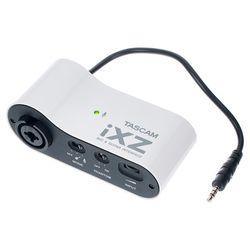


![]helicon_govocal ]helicon_govocal](https://m.media-amazon.com/images/I/31jDHq69AHL._SL500_.jpg)


![]audiointerface_steinberg_ur22_mk2 ]audiointerface_steinberg_ur22_mk2](https://m.media-amazon.com/images/I/51KHG9NwYnL._SL500_.jpg)

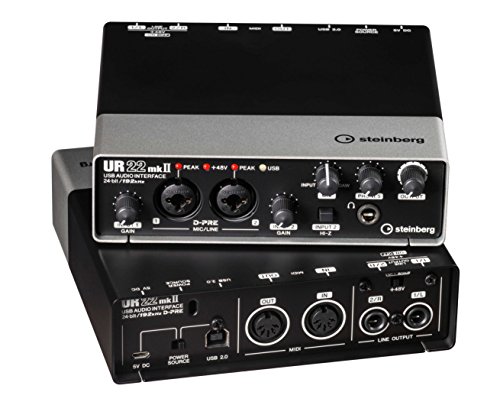

![]yamaha_ag06mk2 ]yamaha_ag06mk2](https://m.media-amazon.com/images/I/41tiKgEQwKL._SL500_.jpg)



![]mikrofon_shure_beta_58a ]mikrofon_shure_beta_58a](https://m.media-amazon.com/images/I/41gR8mU6RUL._SL500_.jpg)

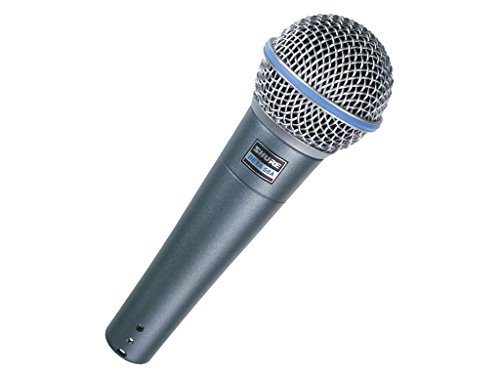

![]mikrofon_rode_nt1a ]mikrofon_rode_nt1a](https://m.media-amazon.com/images/I/51H-YQL9KDL._SL500_.jpg)

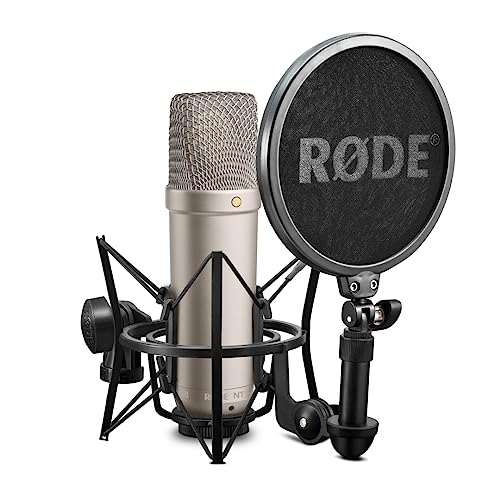

![]mikrofon_sennheiser_e945 ]mikrofon_sennheiser_e945](https://m.media-amazon.com/images/I/31GP9fSbeSL._SL500_.jpg)



![]adapter_klinke_auf_lightning ]adapter_klinke_auf_lightning](https://m.media-amazon.com/images/I/21oM9VHgPHL._SL500_.jpg)

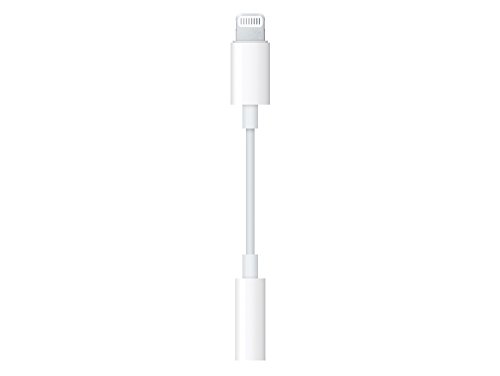
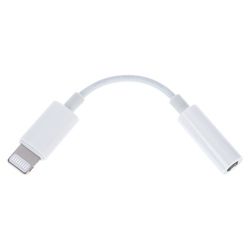
![]km_mikrofonstativ ]km_mikrofonstativ](https://m.media-amazon.com/images/I/21Sd4NTFS+L._SL500_.jpg)


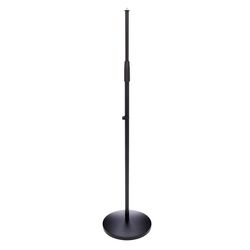
![]led_ringlicht_stativ ]led_ringlicht_stativ](https://m.media-amazon.com/images/I/41nrwFMRfnL._SL500_.jpg)

